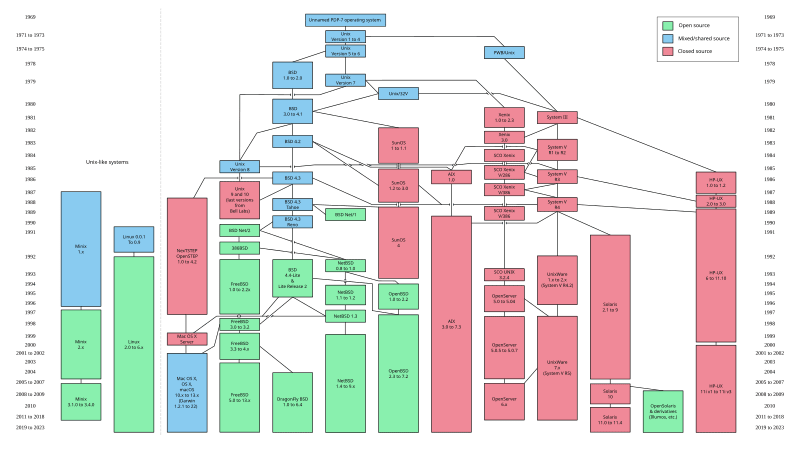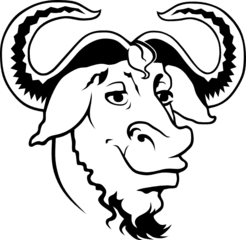String & Variables - Day 1
Python என்பது மக்கள் எளிதில் கற்றுக்கொள்ள கூடிய நிரலாக்க மொழி. இந்நிரலாக்க மொழியை பீலோ கீடோ (Guido van Rossum) என்பவர் 1980 ஆம் ஆண்டுகளில் வடிவமைக்கத் தொடங்கி 1991 ஆம் ஆண்டளவில் வெளியிட்டார். எளிமையான இந்நிரலாக்க மொழி விரைவாக மக்களிடையே பிரபல்யமடையத் துவங்கியது.
python பயன்படுத்தப்படும் துறைகள்
- இயந்திரக் கற்றல் (Machine Learning)
- தரவுப் பகுப்பாய்வு (Data Analysis)
- வலை உருவாக்கம் (Web Development)
- செயற்கை நுண்ணறிவு (Artificial Intelligence)
- தகவல் பாதுகாப்பு (Cybersecurity)
- விளையாட்டுகளை வடிவமைத்தல் (Games Development)
- விஞ்ஞான காட்சிப்படுத்தல் (Scientific Visualization)
- நிரலாக்கக் கல்வி (Programming Education)
Python மொழி linux OS இல் நிறுவப்பட்டு இருக்கும் windows OS இல் python வலைத்தளத்திற்கு சென்று நாம் நிறுவ வேண்டும்.
Python கற்கத் தொடங்குவோம்.
print() கட்டளை என்பது திரைக்கு அல்லது பிற காட்சிப்படுத்தும் சாதனத்திற்கு செய்தியை அனுப்புவதற்கான எளிய வழியாகும்.
print ("Hello World")
Hello World
என்று திரையில் காட்சிப்படுத்தப்படும்.
1. String & Variables
name = "hiba"
print(name)
hiba
இதில் name என்பது variable ஆகும்
variables ஐ தரவுகளை சேமிக்க பயன்படுத்துகிறோம்.
"hiba" என்பது string. இரட்டை அல்லது தனி மேற்கோள் குறிகளுக்குள் string எழுதப்படும்.
Variables ஐ அச்சிட print()ஐ பயன்படுத்தலாம்.
இந்த codeஐ பயன்படுத்தி, variables இல் சேமித்த தரவுகளை அச்சிடலாம்.
2. Printing Multiple items
Pythonல் பல தகவல்களை அச்சிடும் போது அவற்றை காற்புள்ளிகளால் (commas) பிரிக்கலாம். Python ஒவ்வொரு தகவல்களுக்கும் இடையில் ஒரு இடைவெளியை (space) சேர்க்கும்.
name = 'Hiba'
age = 2
country = "Srilanka"
print("Name : ", name , "Age :" , age , "Country :", country )
Name : Hiba Age : 2 Country : Srilanka
3. Formatted Strings with f-strings
f-string என்பது stringகளை format செய்யும் வழி. string-ஐ f என்ற எழுத்தால் prefix செய்து variable ஐ இரட்டை அடைப்பு குறிகளில் {} எழுத வேண்டும்.
name = "Hiba"
age = "2"
country = "Sri Lanka"
print(f"My name is {name}, I am {age} years old, My Country is {country}")
My name is Hiba, I am 2 years old, My Country is Sri Lanka
4. Concatenation of Strings
கூட்டல் குறியீட்டைப்(+) பயன்படுத்தி stringகளை இணைக்க முடியும்.
greeting = "Good Morning"
name = "Hiba"
print(greeting +" "+ name , end="!")
Good Morning Hiba!
இங்கு ,end=" " விளைவின் இறுதியில் நமக்கு தேவையான குறியீடுகளை அல்லது வேறு தகவல்களை சேர்க்க முடியும்.
அதுபோல் இரு stringஐ வேறாக்க sep="" (separator) ஐ பயன்படுத்தலாம்
எ+கா
greeting = "Good Morning"
name = "Hiba"
print(greeting, name, sep=" ", end="!")
Good Morning Hiba!
5. Using escape sequences
புதிய வரிகளில் ஆரம்பிக்க \n ஐ பயன்படுத்தலாம்
greeting = "Good Morning"
name = "Hiba"
print(greeting, name, sep="\n", end="!")
Good Morning
Hiba!
print("Hello\nWorld\nGood morning")
Hello
World
Good morning
அல்லது
print("""Hello
World
Good morning""")
Hello
World
Good morning
இவ்வாறும் பயன்படுத்தலாம்.
\b (Back space)
print("Hello\bWorld")
HelloWorld
\t (Tab)
a = "Hello\tWorld"
print(a)
Hello World
6. Printing Quotes Inside Strings
Stringகளுக்கு கட்டாயமாக இரட்டை or ஒற்றை மேற்கோள் குறிகள் இட வேண்டும். Stringகளுக்கு இடையில் இரட்டை மேற்கோள் குறிகள் தேவைப்படின்,
print("She Said 'Hello World' ")
She Said 'Hello World'
அல்லது
print('It\'s me Hiba')
It's me Hiba
7. Raw Strings to Ignore Escape Sequences
கணனியில் fileகளின் இடங்களை குறிக்க r ஐ prefix செய்து பயன்படுத்தலாம். இது escape sequence இல் இடம் பெறாது.
print(r"C:\Users\Hiba\Documents\file.txt")
C:\Users\Hiba\Documents\file.txt






